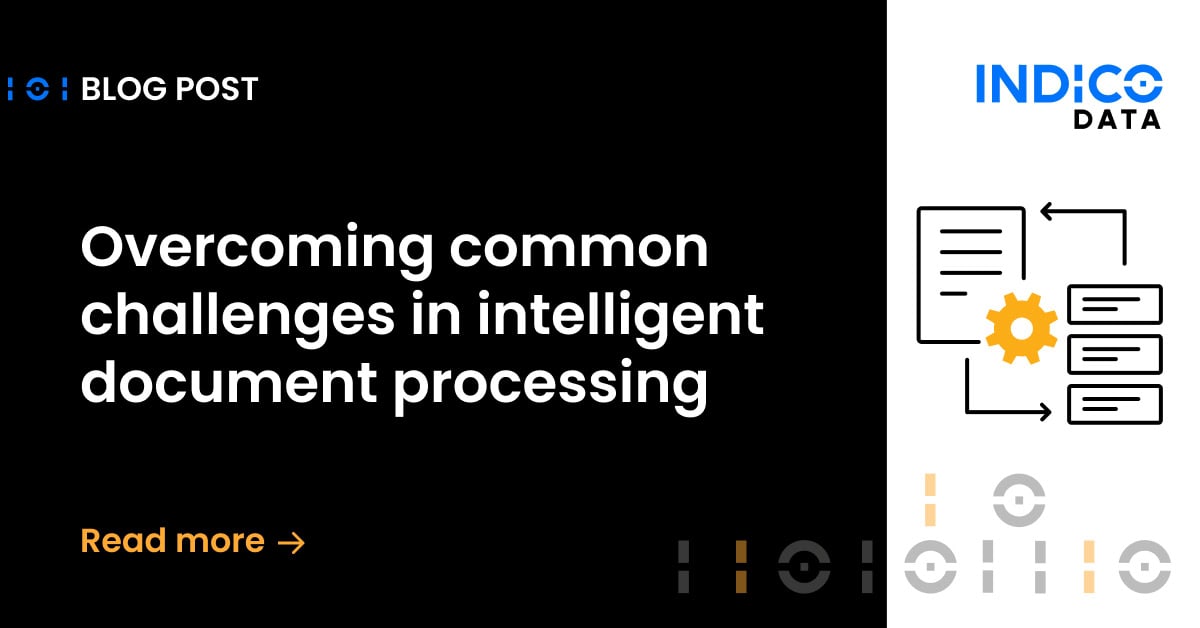While insurers are interested in automating insurance processes of all kinds, the auto insurance claims process may be furthest along mainly due to the technology built into most cars today.
Using telematics data from cars, insurance companies can now offer policies that take into account a client’s driving habits, including how many miles they drive, how fast, even if they routinely brake hard.
Telematics also gives insurance carriers a heads-up at the first notice of loss (FNOL). Should a covered vehicle get into an accident, the driver’s insurance company can be alerted in near real-time and start proactively managing the claim. That may mean having a representative call the client and arrange towing and car rental – all welcome services likely to please customers.
The insurance carrier also receives data about the accident itself, including speed, braking, and impact metrics, that can help verify the claim. Such data likewise expedite the claims process, once again improving the customer experience.
But telematics is only one component in a truly automated auto claims process. Insurance companies also need data such as police and weather reports, driver’s licenses, photos of the damage, repair estimates, and an adjuster’s report.
Related Content: 3 Ways AI Solves the Unstructured Data Problem for P&C Insurance
Evolution of auto claims automation
Much of this claims information comes in unstructured formats, which makes automation more challenging. While insurance companies have tried to use templates and optical character recognition (OCR) techniques to cull relevant data from claims documents, such approaches typically don’t’ get them too far, given the varied nature of the content. The same goes for robotic process automation (RPA), which only works with highly structured data (although RPA can complement intelligent processing).
Applying intelligent document processing in the auto insurance claims process, however, offers a viable solution. Intelligent processing (which falls under the hyperautomation category in Gartner-speak) involves using artificial intelligence technologies such as natural language processing and transfer learning to “read” even unstructured documents, just as a human would.
That means an intelligent document processing platform would be able to ingest unstructured content such as those adjuster’s reports and even photographs of the damage, pull out the relevant data and feed it to a downstream claims processing system. Combined with telematic data, some insurers find intelligent processing enables them to automate the claims process end-to-end, at least for straightforward claims.
Whether such an effort is successful depends largely on how effective the intelligent document processing solution is. The best ones are built on a large database of labeled data points, enough to enable the tool to understand the context behind virtually any document or image.
Related Content: Reduce P&C Insurance Underwriting Risk With Intelligent Automation
Large database provides deep context
Indico’s Intelligent Process Automation (IPA) platform, for example, is built on a database of some 500 million data points. It comes with tools that make it simple for business people – those who understand the claims process best – to train a model such that the tool can perform the process in question. And it takes only about 200 actual documents to train a model that will give you extremely high accuracy.
That kind of automation provides significant savings to auto insurance companies, including an 85% reduction in process cycle times and a 4x increase in process capacity. And given you’re removing employees from what is pretty mundane, unrewarding work, you also improve accuracy – because computers don’t get tired or bored.
At the same time, you’re freeing up employees for more rewarding and strategic work while pleasing customers, who get their claims settled faster.
Clearly, there’s a lot to like about automation in auto claims processing. To see for yourself, arrange a free demo. Or, if you have any questions, feel free contact us.


